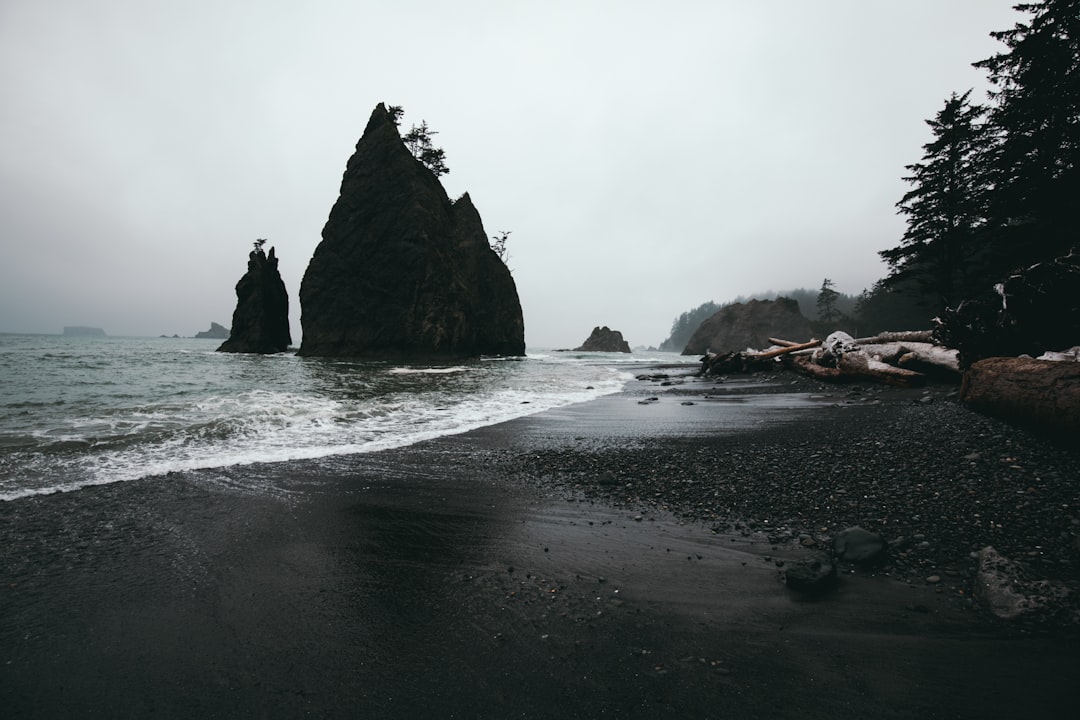What is it about?
Isolated small seamounts (submarine volcanoes) on mid-ocean ridges tend to be simple, often truncated, round cones. However, as such features grow, they apparently develop more complex structures in plan view, because of the development of volcanic rift zones (ridges) and landsliding. Large seamounts and guyots (flat-topped seamounts) are therefore more typically stellate (star-shaped), with radiating sharp ridges and deep embayments between them. In this study, the plan view shapes of seamounts and guyots were quantified by computing various measures of non-circularity from the contour at half the height of each edifice. After normalizing to the value for values expected for a circle or ellipse (depending on the characteristic used), the computed perimeter distance, elongation and moment of inertia increase systematically from small to large edifices, with a transition occurring at 2-4 km edifice height. The significance of this transition was discussed - perhaps it arises because eruption along flank rift zones only occurs frequently where or when magma chambers within the edifices lie above the base of the edifice. Magma chambers lying above the edifice bases are only likely where edifices are tall. Large-scale landsliding (capable of removing a significant part of an edifice) also may appear only once an edifice has grown to such a size that compaction reduces the permeability of the deeper edifice materials - this could allow pore pressures to increase during intrusions, increase effective stress and promoting landsliding.
Featured Image

Photo by David Billings on Unsplash
Why is it important?
A 2-4 km height transition in morphologic structure of seamounts implies that there is an important change in the way submarine volcanoes grow at about this height transition.
Read the Original
This page is a summary of: Transition from circular to stellate forms of submarine volcanoes, Journal of Geophysical Research Atmospheres, February 2001, American Geophysical Union (AGU),
DOI: 10.1029/2000jb900263.
You can read the full text:
Contributors
The following have contributed to this page










